Report this entry
More from the same community-collection
Barbara Funkhouser, El Paso Times
El Paso Times Editor - first woman editor of The El Paso Times. ...
George Kinsinger - El Paso Times
Mr. Kinsinger was a member of the staff of the El Paso Times. He ...
Bill Latham--El Paso Times Editor and Dr. Thomas Barnes
Bill Latham, the El Paso Times editor is to the left. Dr. Thomas ...
Gertrude Goodman and Sarah Lea - El Paso, Texas
Gertrude Goodman (on the left) was commended by the Senate of ...
James P. Mills, father of Anson Mills
James P. Mills was born in 1808 in Pennsylvania. He became an ...
Ben Williams - El Paso Lawman - El Paso, Texas
Ben Williams operated the Ben Williams Detective Agency in El ...
Abraham Gonzales - Gov. of Chihuahua - 1911
Abraham Gonzales was the provisional and constitutional governor ...
Capt. John Hughes-Texas Ranger - El Paso, Texas
In 1886 several horses were stolen from his and neighboring ...
Maud Austion Crouse,El Paso Texas circa 1915
Maud Austion was the wife of Hugh Crouse, a doctor in El Paso, ...
Louise Austin - Mrs. James S. Marr
Wife of Col. James Marr, who was the founder of El Paso Transfer ...
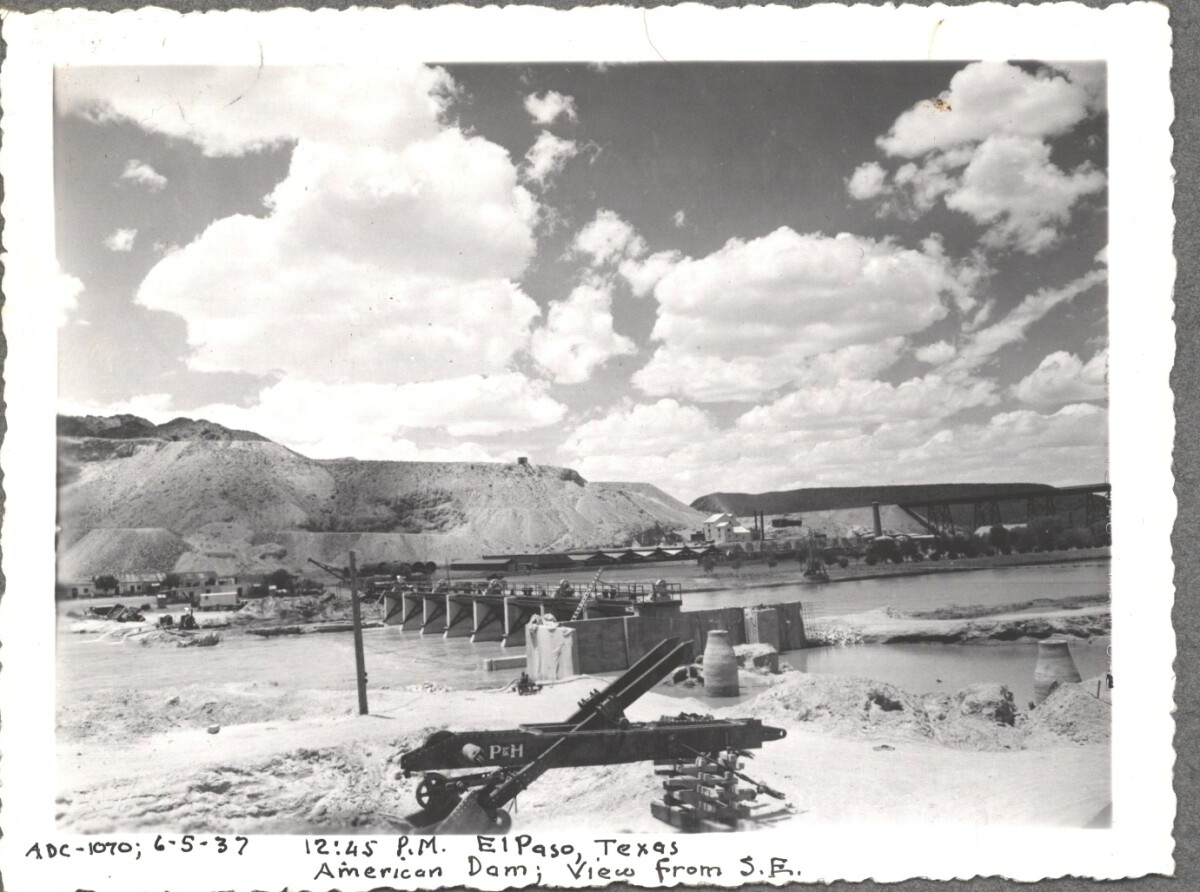
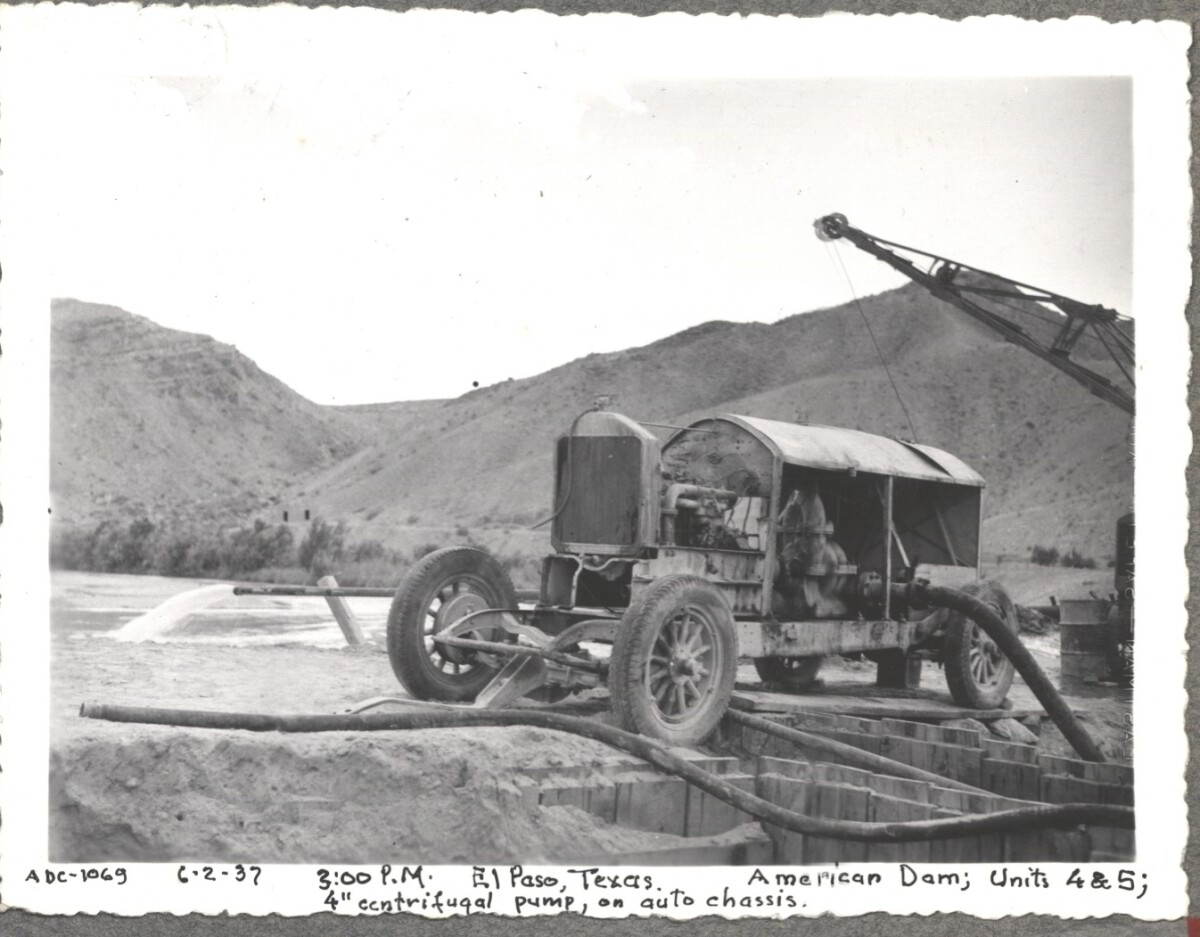
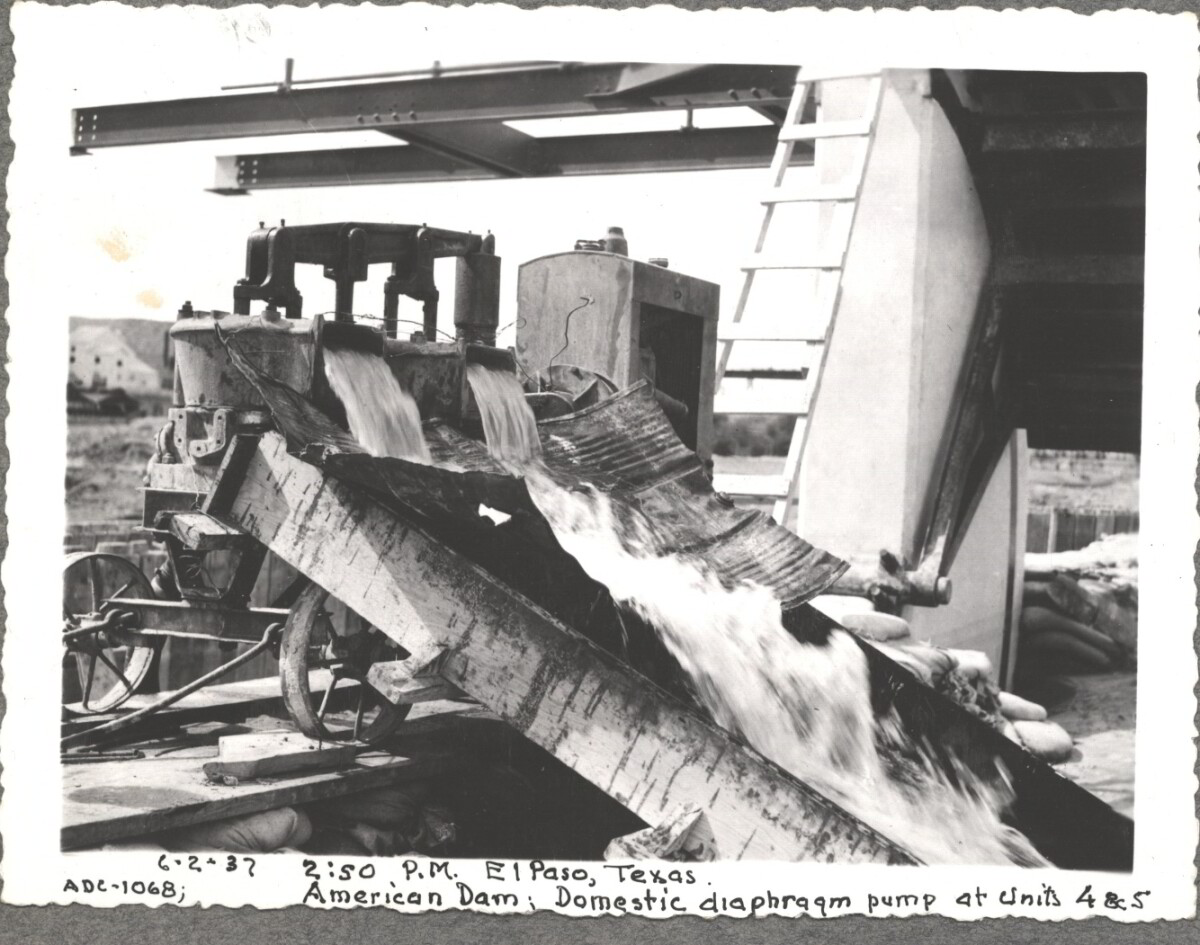
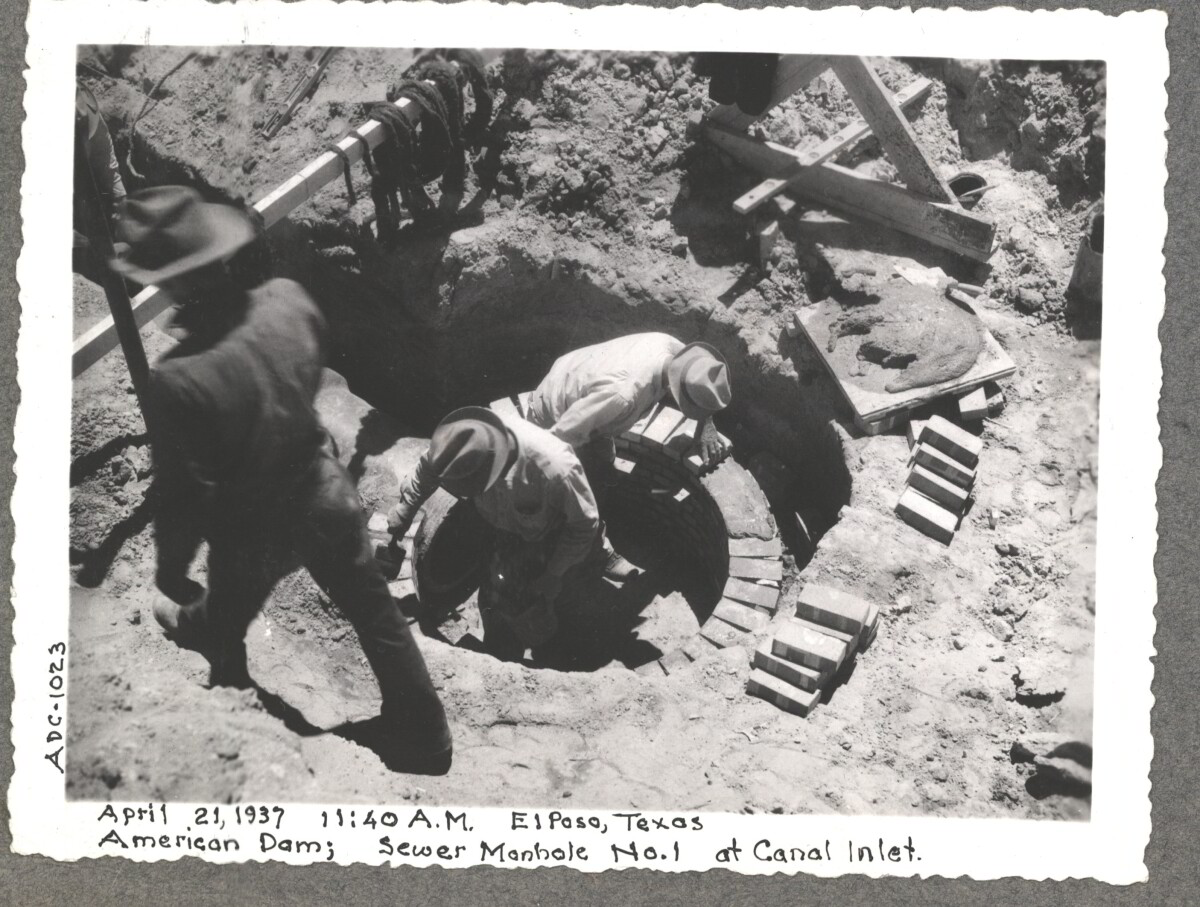
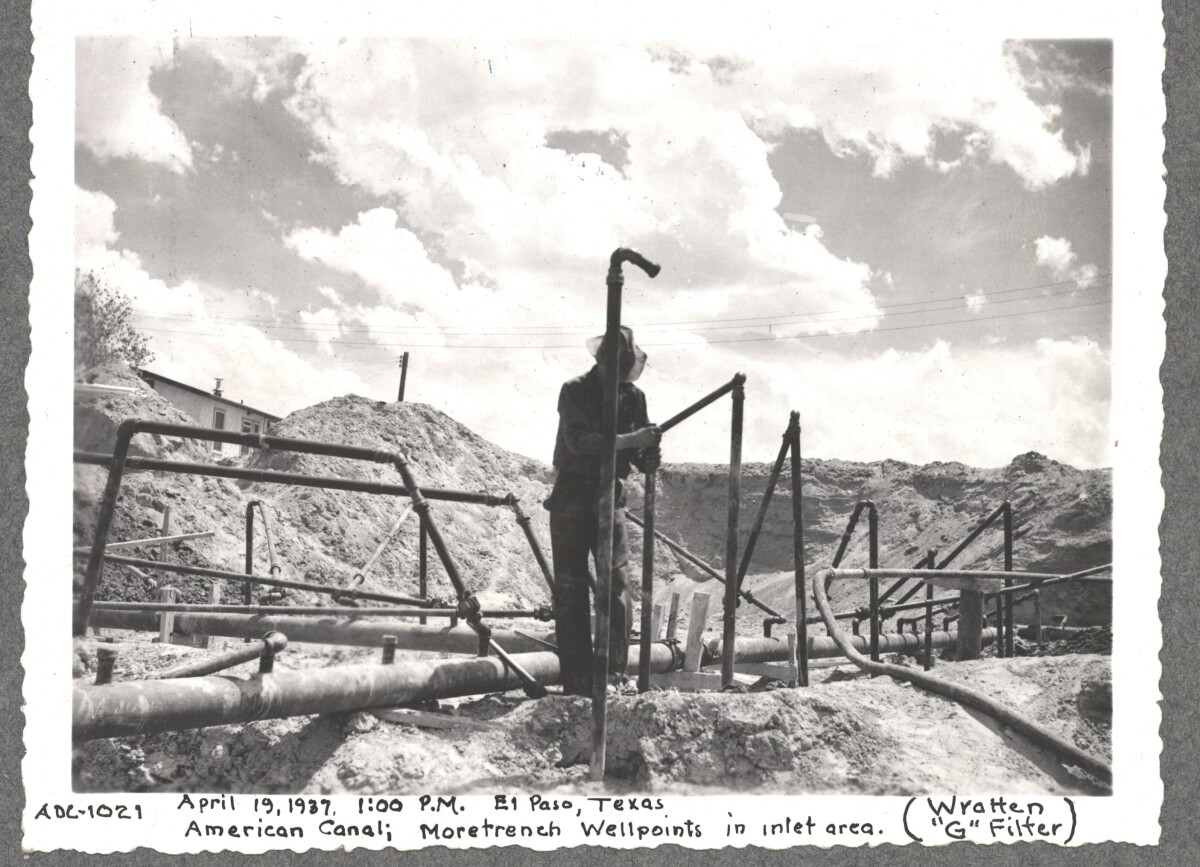
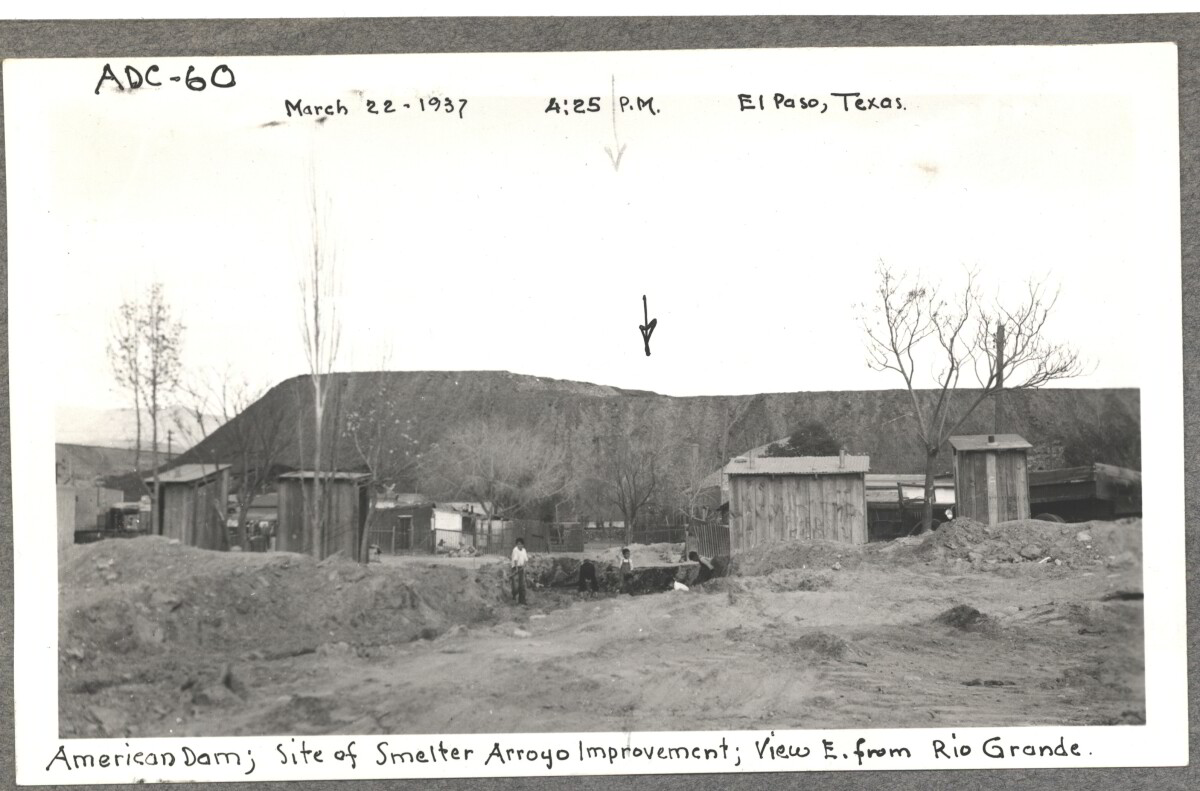
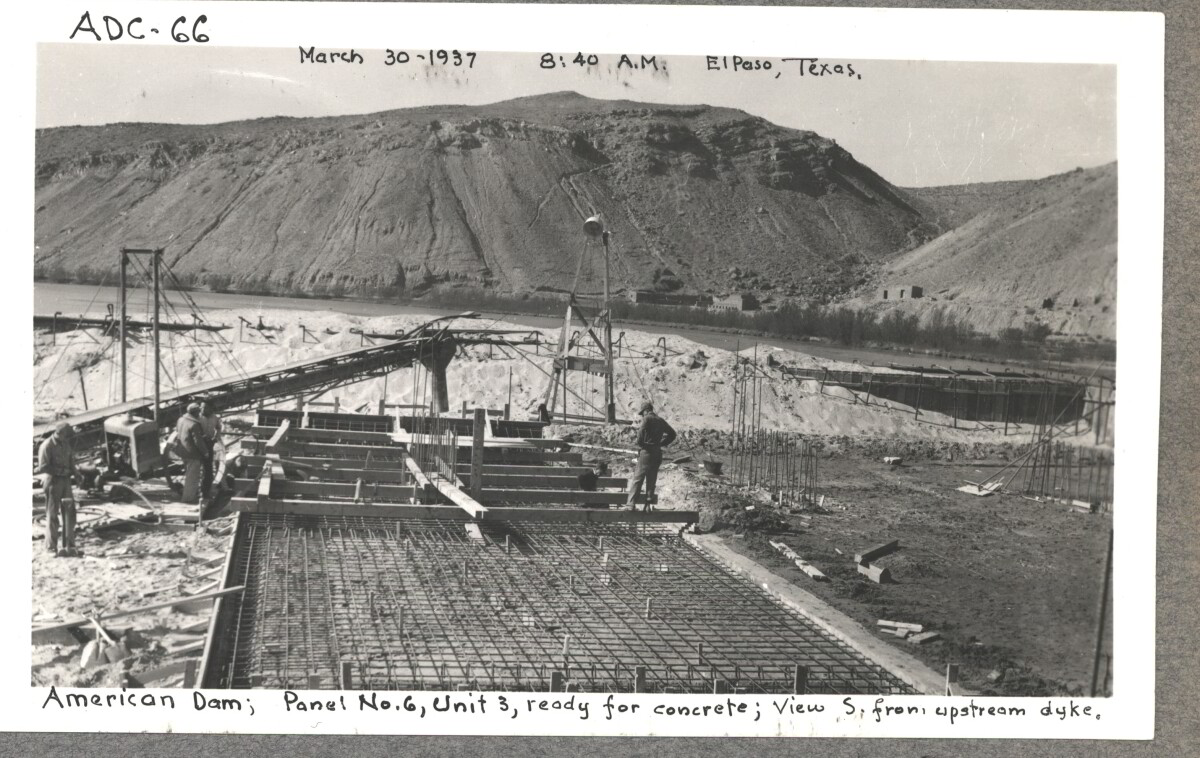
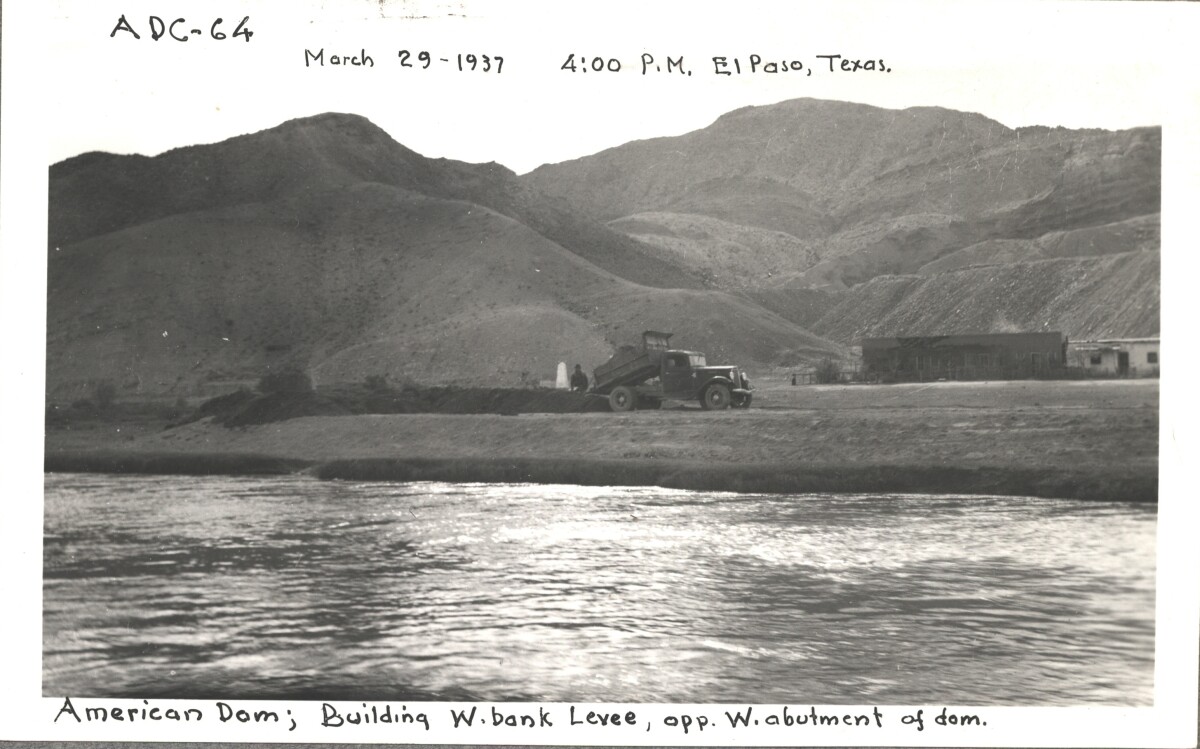
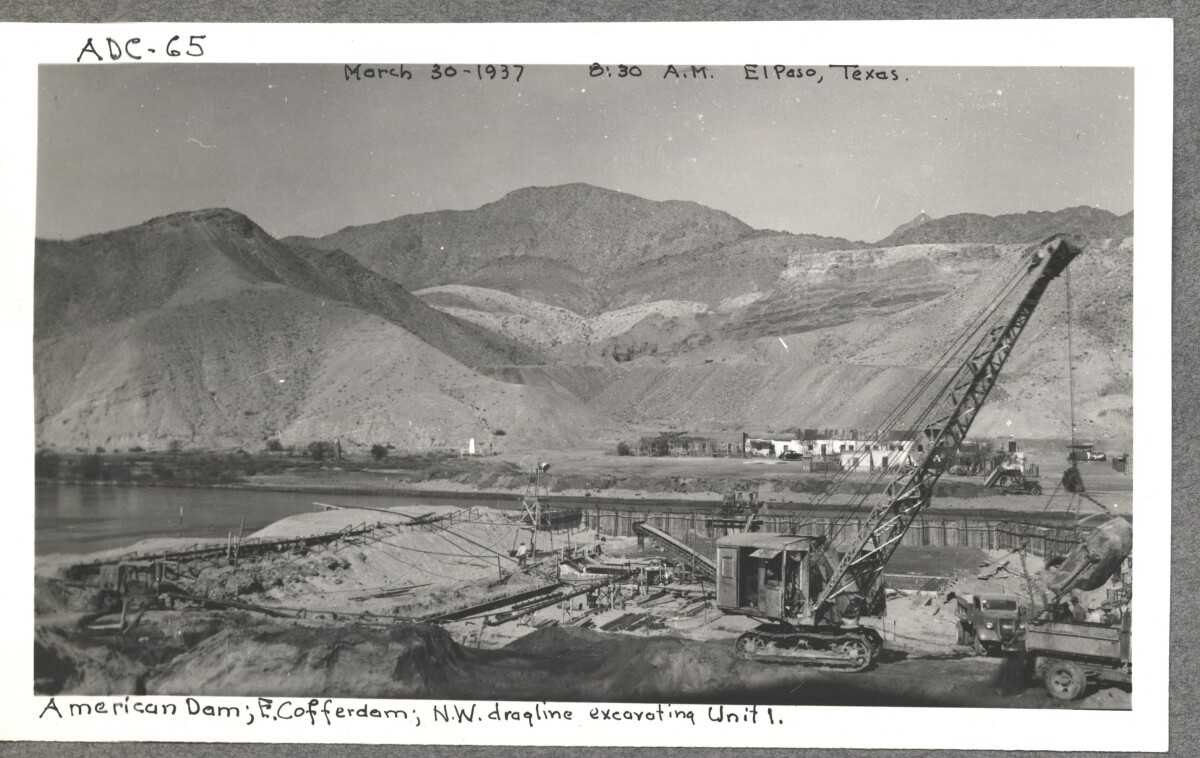
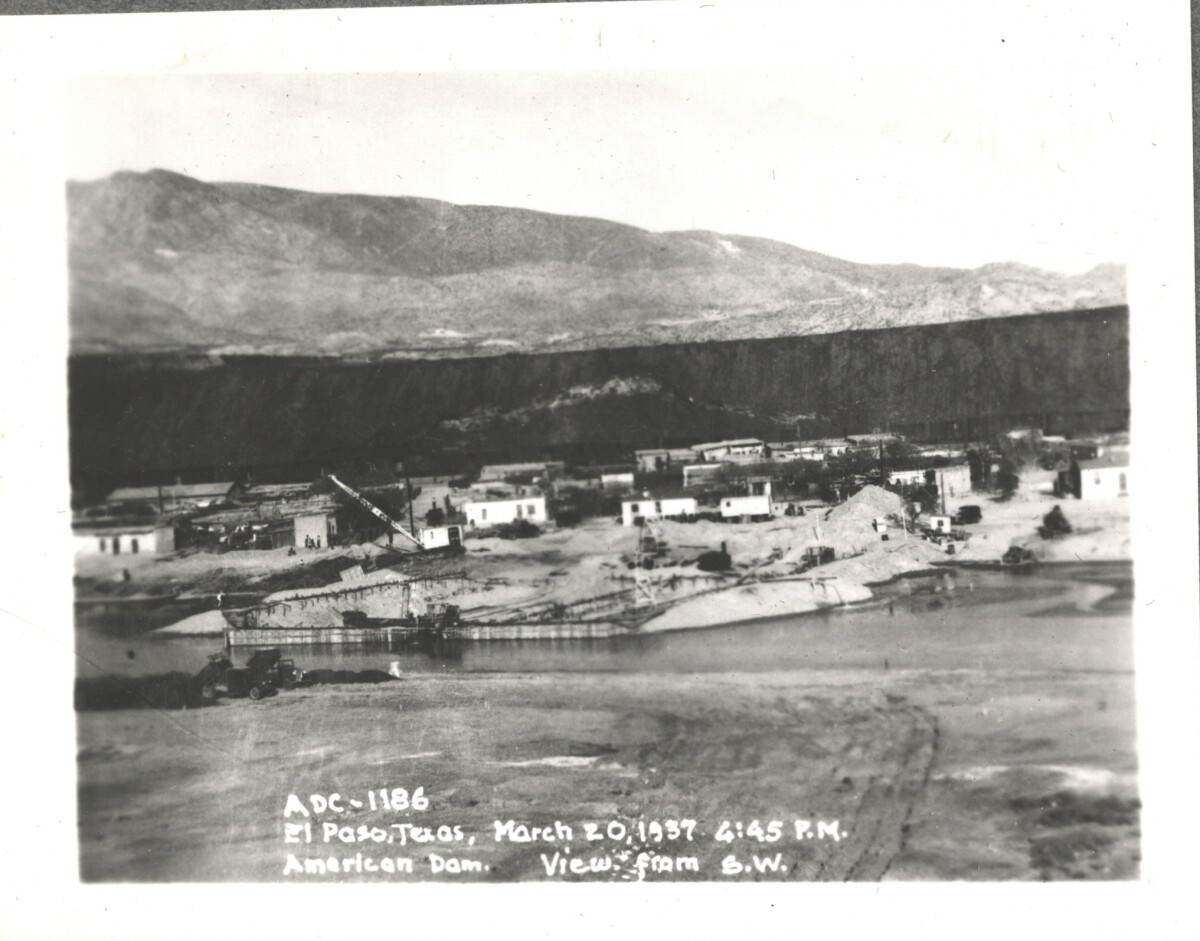
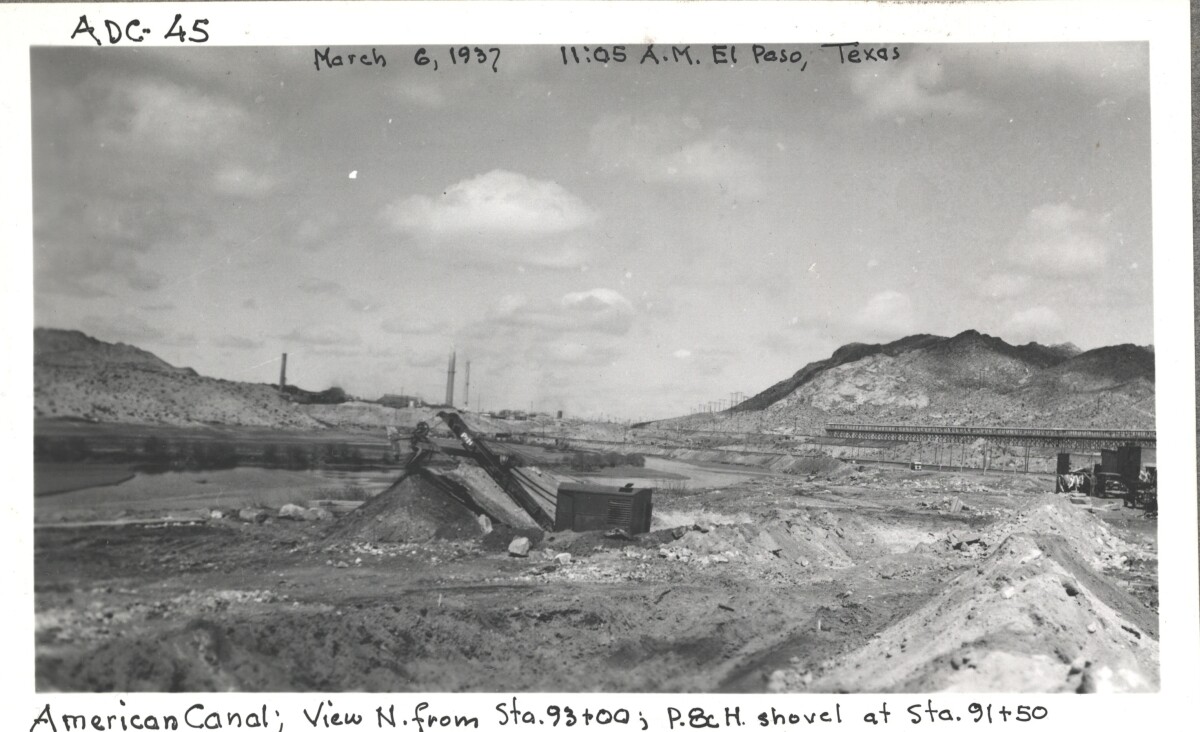
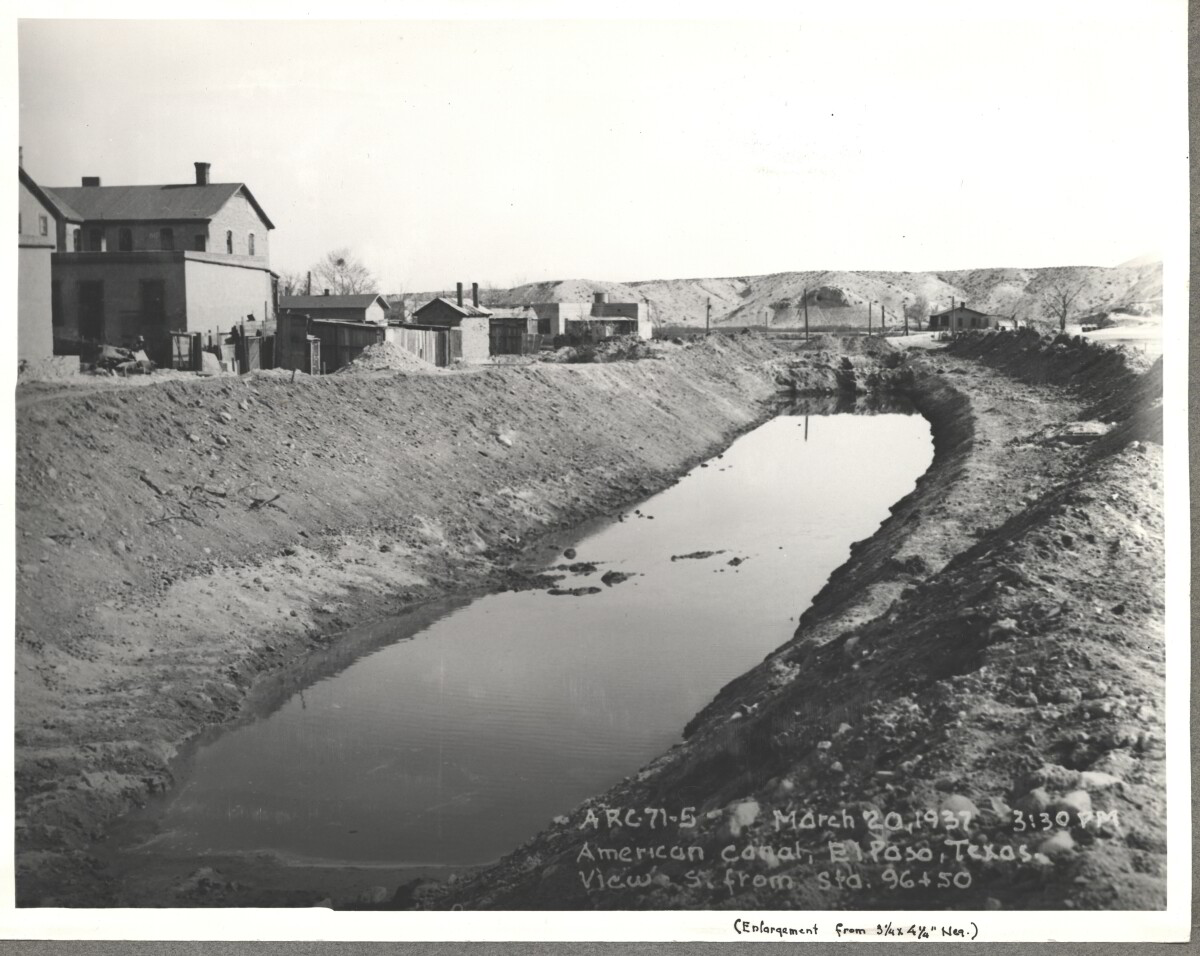
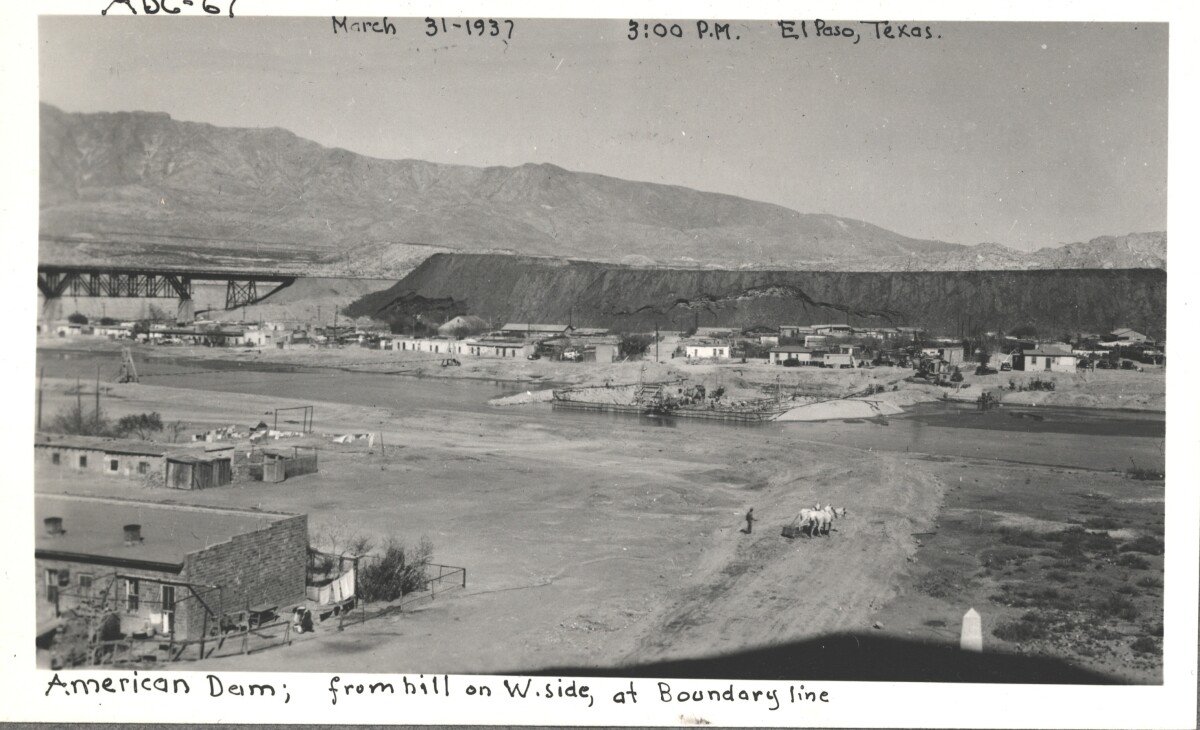
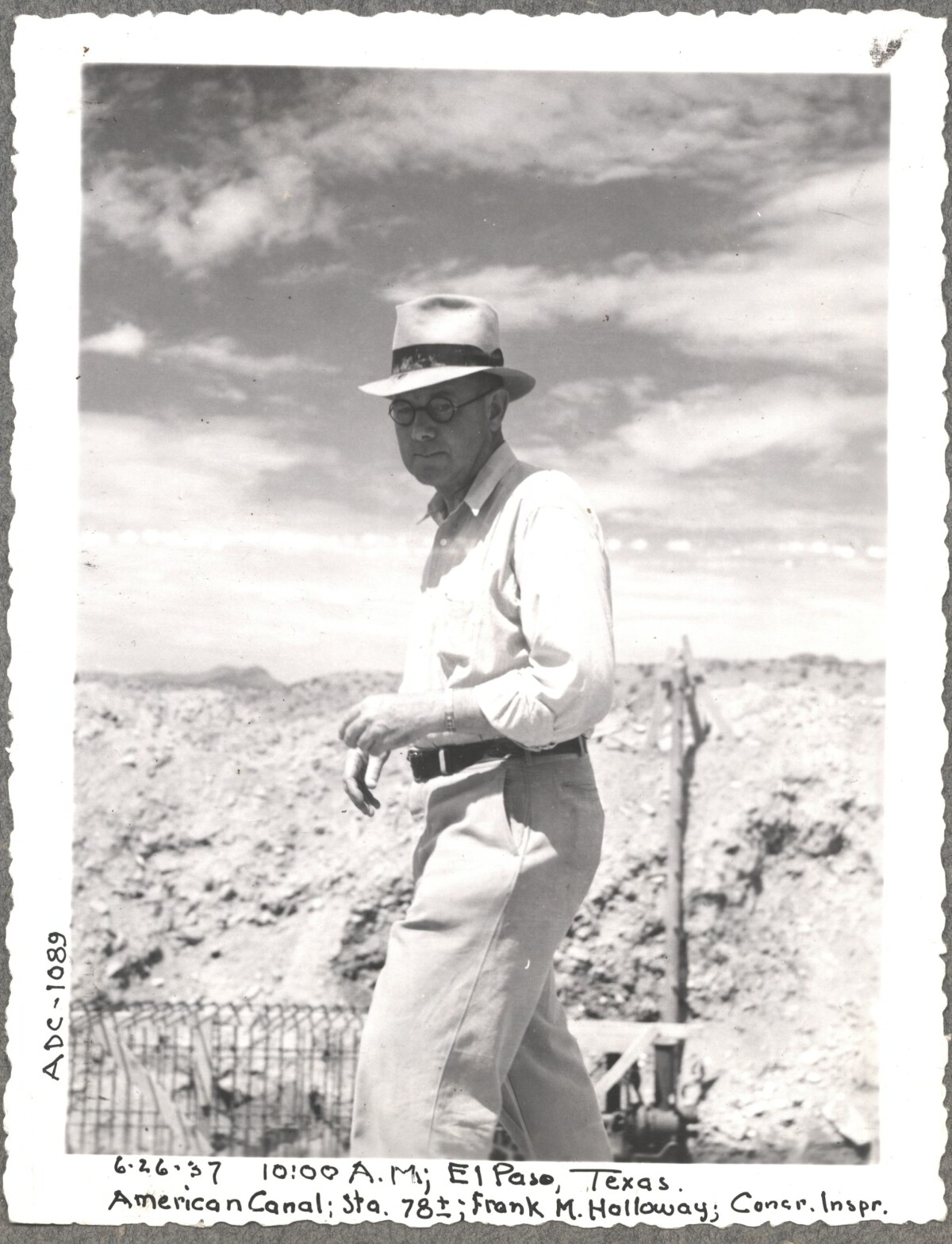
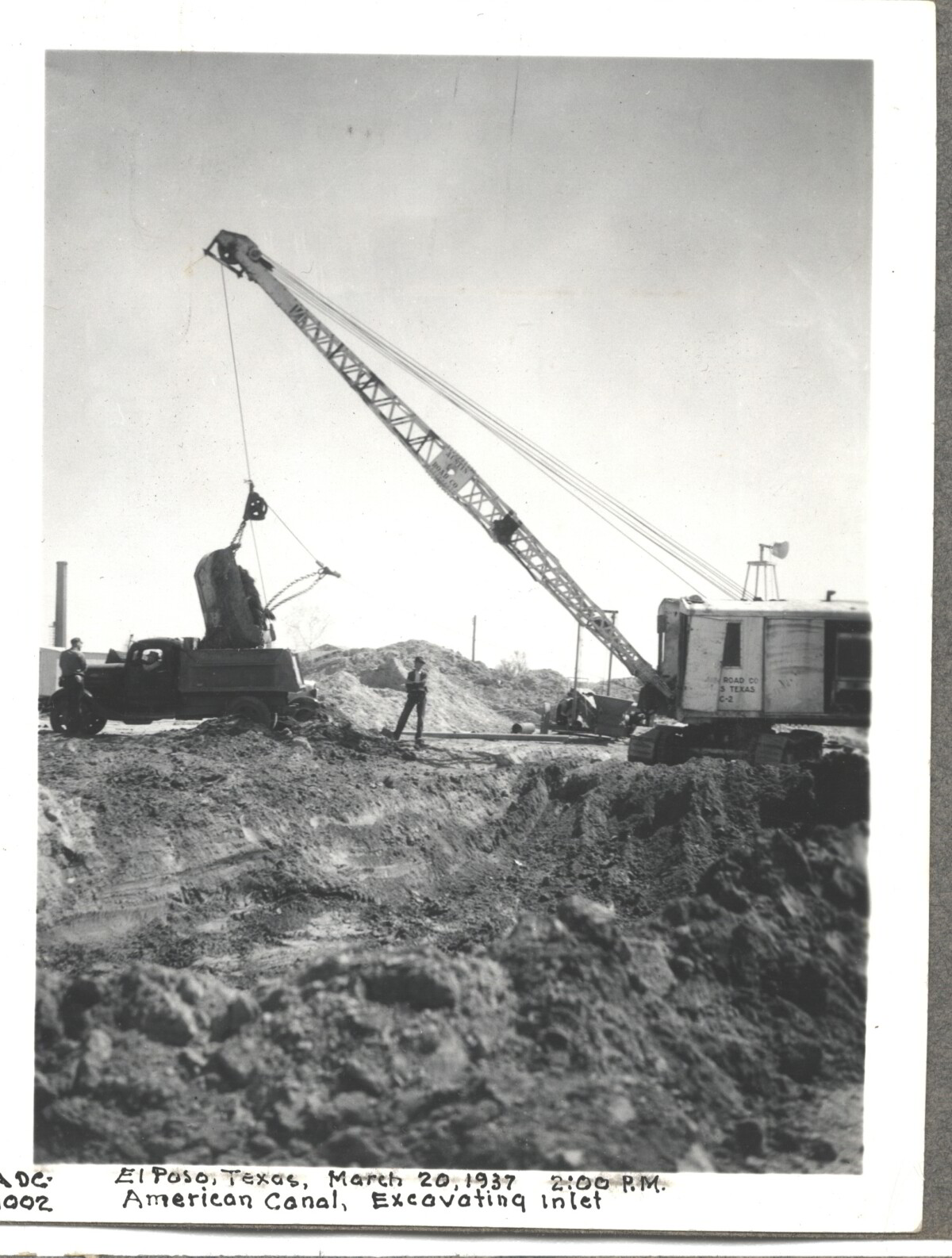
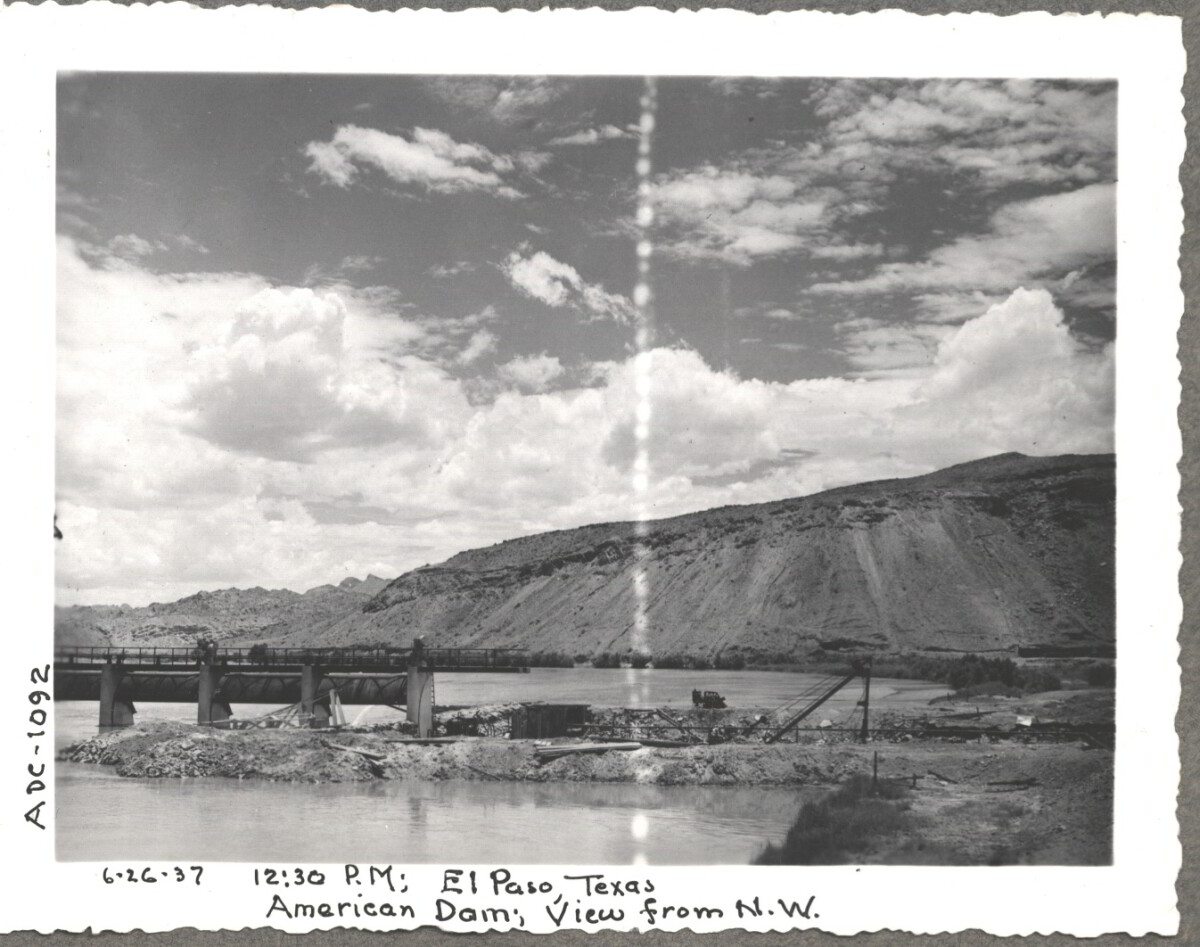
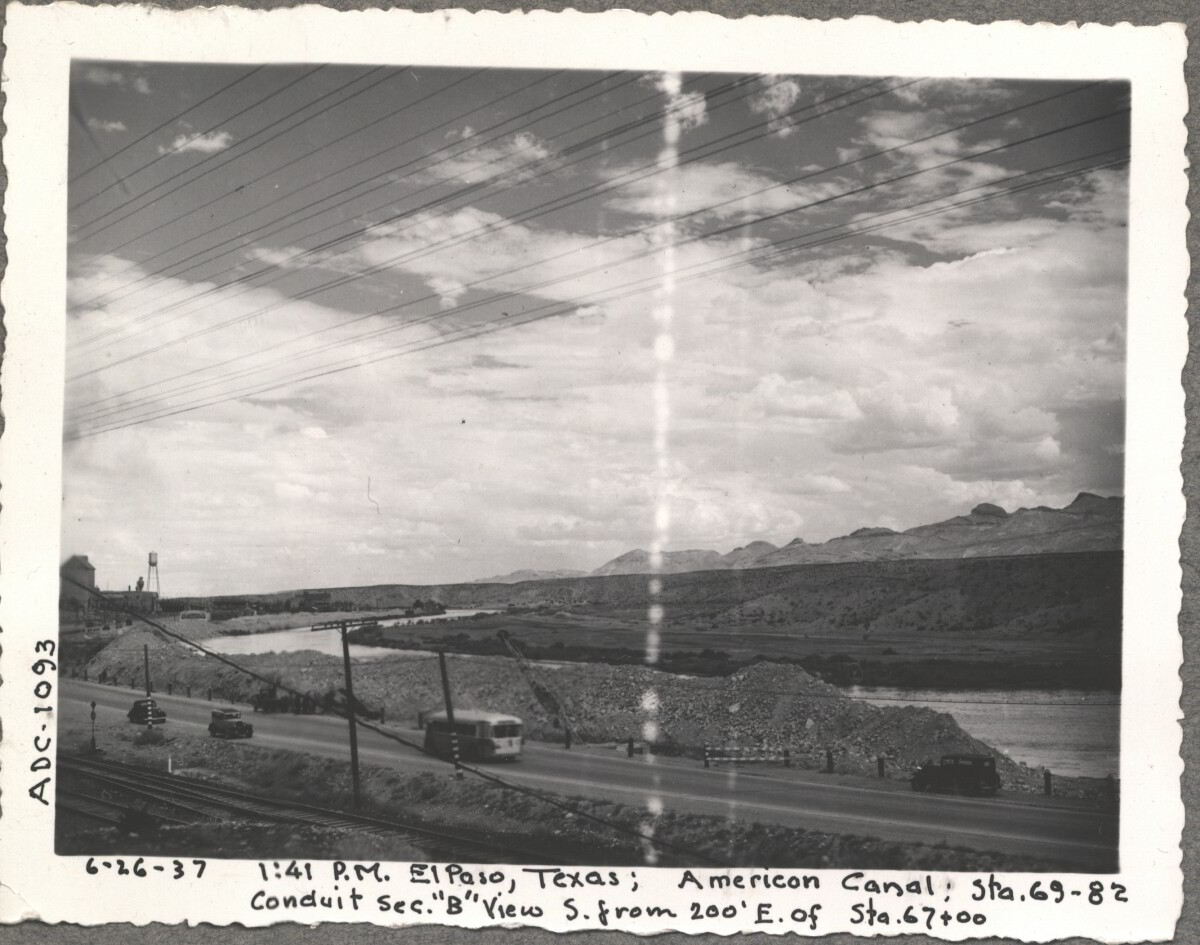
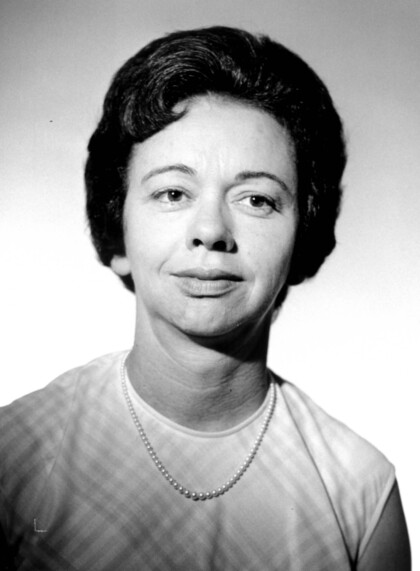
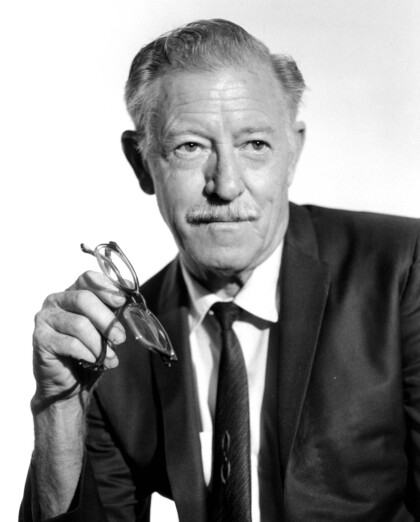
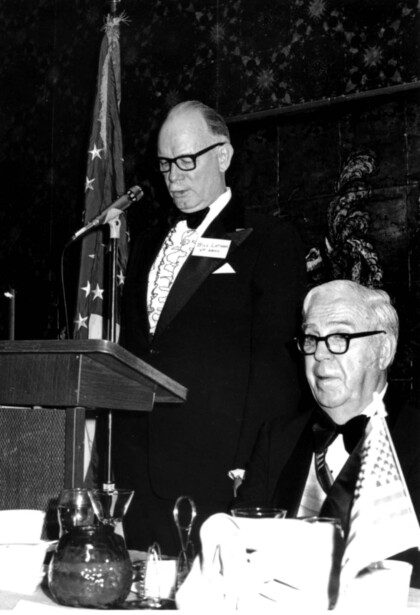
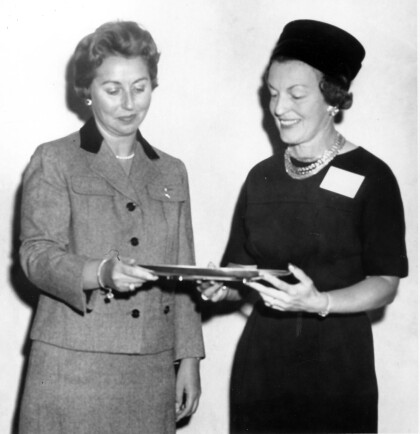
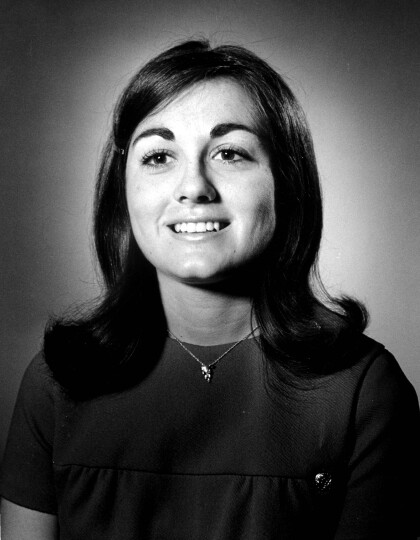
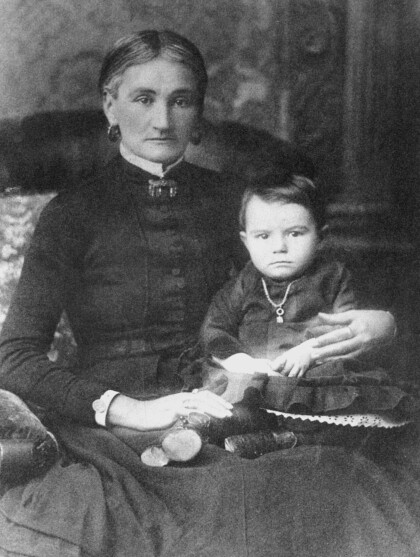
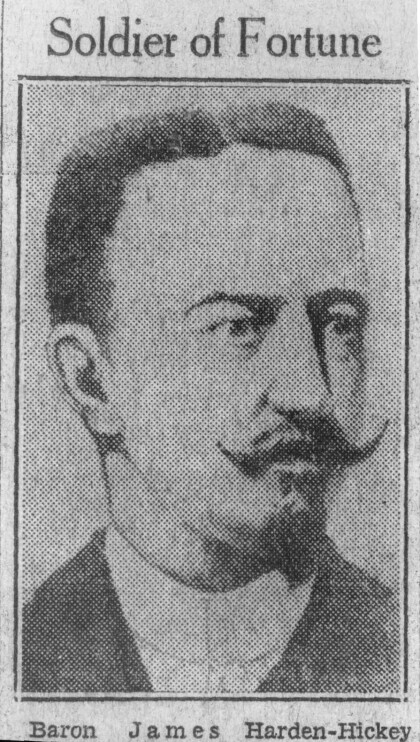
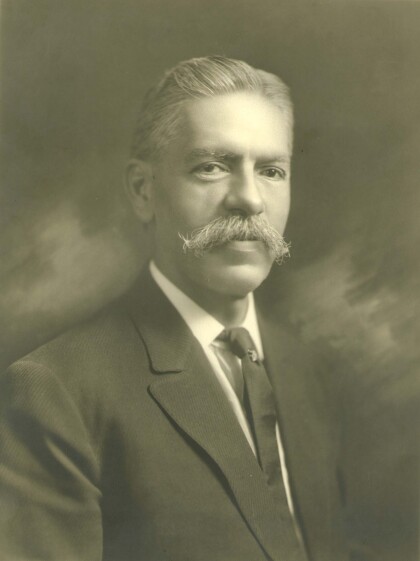
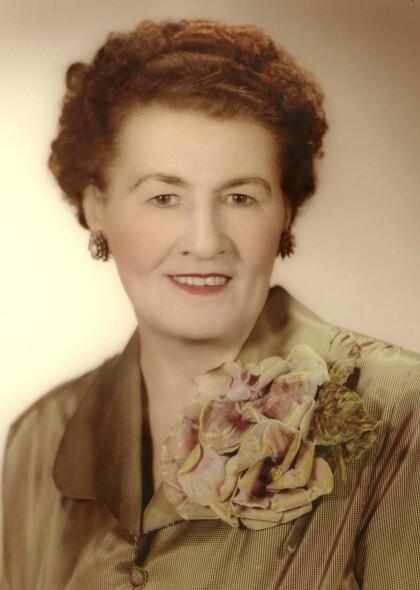
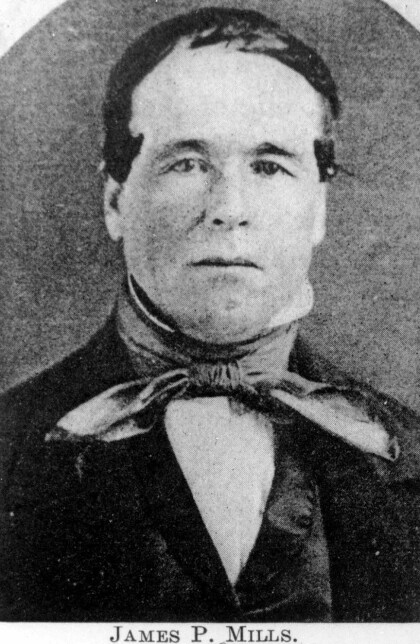
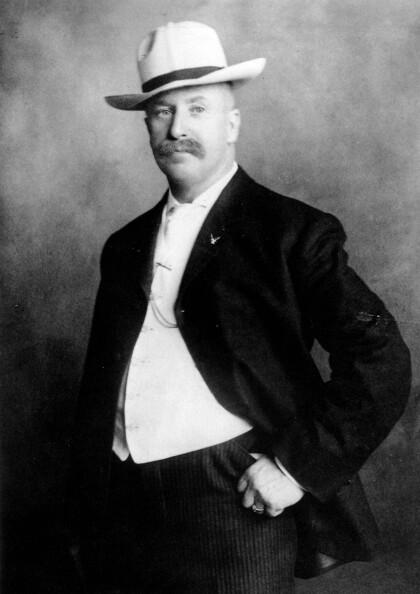
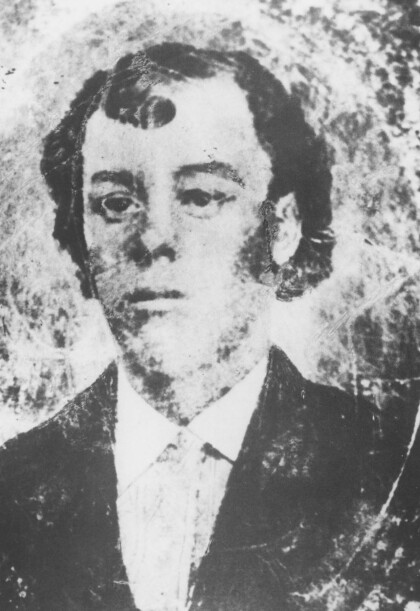
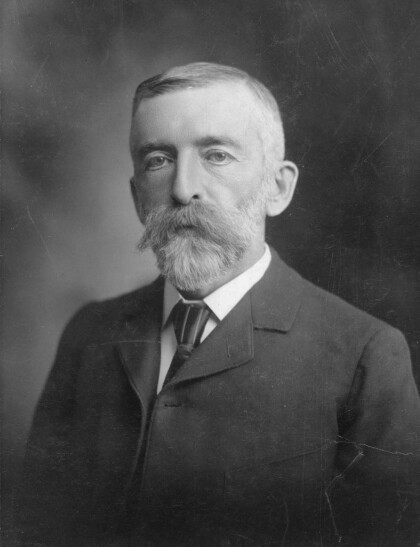
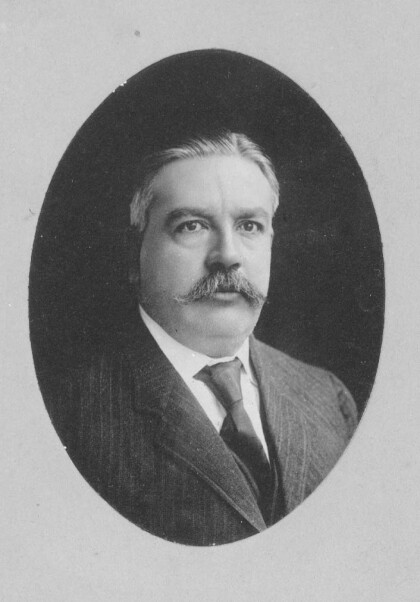
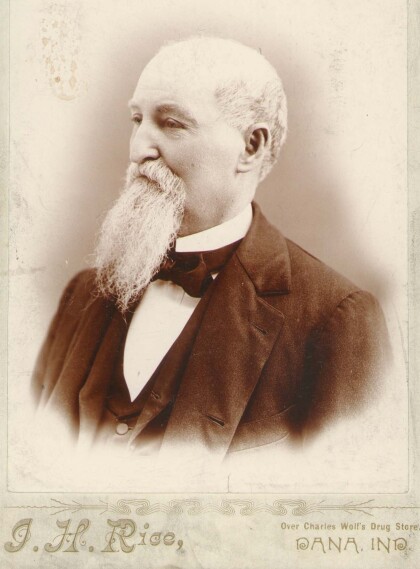
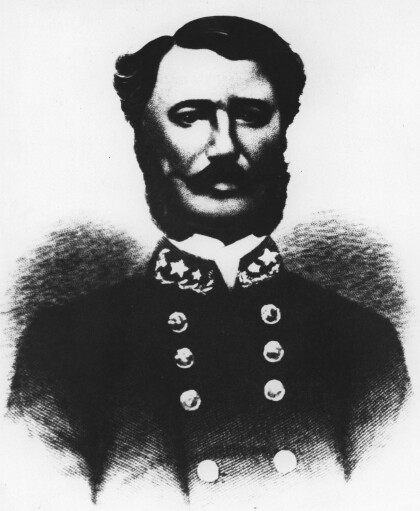
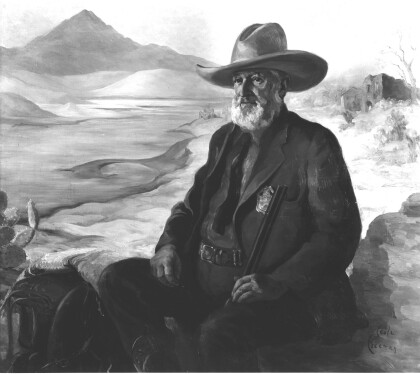
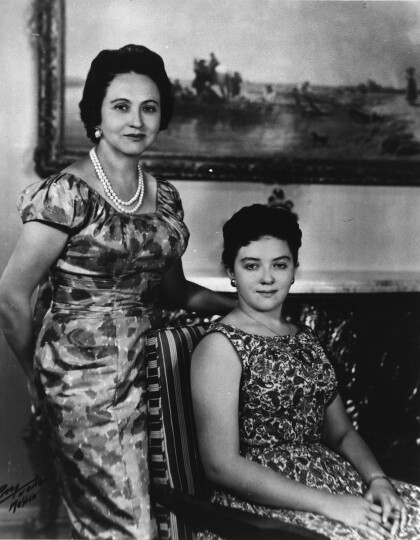
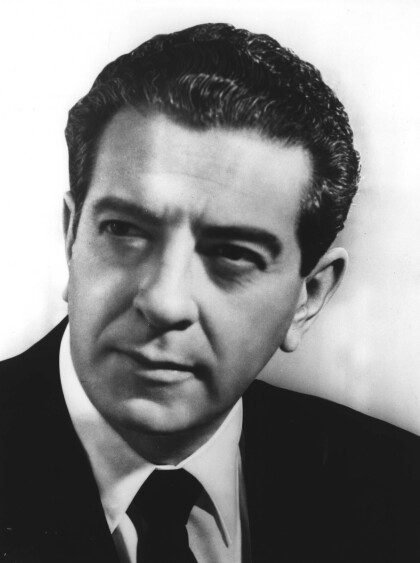
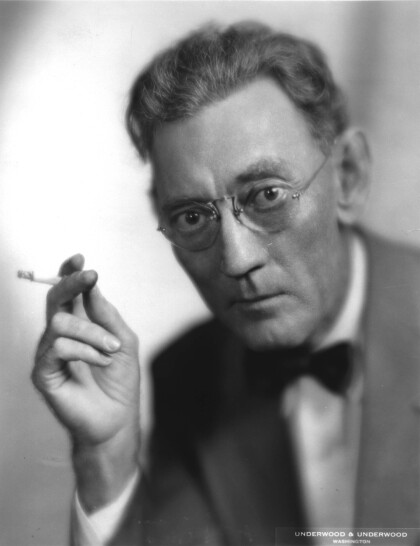
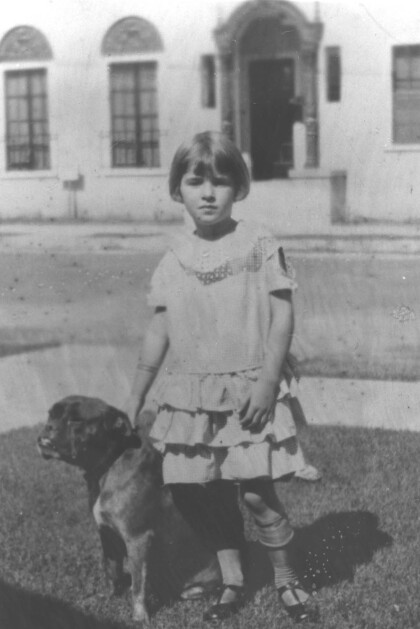
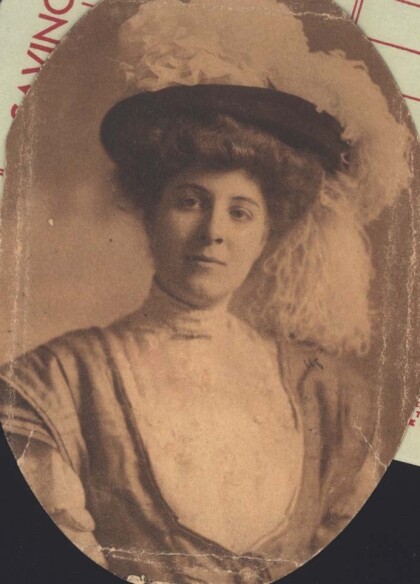
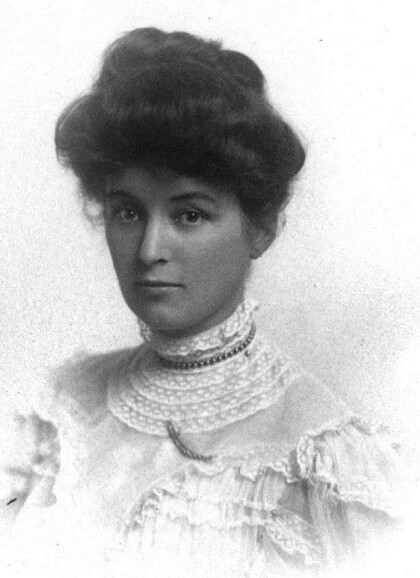
Comments
Add a comment